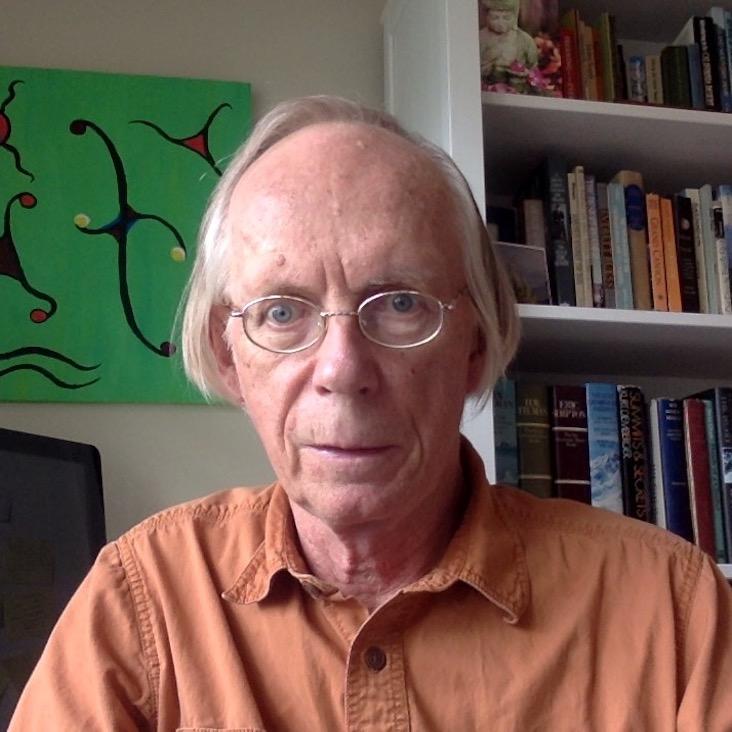Quantum and classical localization and the Manhattan lattice
Journal of Physics A: Mathematical and General 36:41 (2003) 10251-10267
Abstract:
We consider a network model, embedded on the Manhattan lattice, of a quantum localization problem belonging to symmetry class C. This arises in the context of quasiparticle dynamics in disordered spin-singlet superconductors which are invariant under spin rotations but not under time reversal. A mapping exists between problems belonging to this symmetry class and certain classical random walks which are self-avoiding and have attractive interactions; we exploit this equivalence, using a study of the classical random walks to gain information about the corresponding quantum problem. In a field-theoretic approach, we show that the interactions may flow to one of two possible strong-coupling regimes separated by a transition: however, using Monte Carlo simulations we show that the walks are in fact always compact two-dimensional objects with a well-defined one-dimensional surface, indicating that the corresponding quantum system is localized.Stochastic Loewner evolution and Dyson's circular ensembles
Journal of Physics A: Mathematical and General 36:24 (2003)
Abstract:
Stochastic Loewner evolution (SLEκ) has been introduced as a description of the continuum limit of cluster boundaries in two-dimensional critical systems. We show that the problem of N radial SLEs in the unit disc is equivalent to Dyson's Brownian motion on the boundary of the disc, with parameter β = 4/κ. As a result, various equilibrium critical models give realizations of circular ensembles with β different from the classical values of 1, 2 and 4 which correspond to symmetry classes of random U(N) matrices. Some of the bulk critical exponents are related to the spectrum of the associated Calogero-Sutherland Hamiltonian. The main result is also checked against the predictions of conformal field theory.Crossover Scaling Functions for 2d Vesicles, and the Yang-Lee Edge Singularity
Journal of Statistical Physics 110:3-6 (2003) 519-526
Abstract:
An account is given of recent progress in establishing an exact formula for the critical scaling function of self-avoiding loops in two dimensions, weighted by their area.Conformal invariance in percolation, self-avoiding walks, and related problems
ANNALES HENRI POINCARE 4 (2003) S371-S384
Exact results for the universal area distribution of clusters in percolation,Ising, and Potts models
JOURNAL OF STATISTICAL PHYSICS 110:1-2 (2003) 1-33


